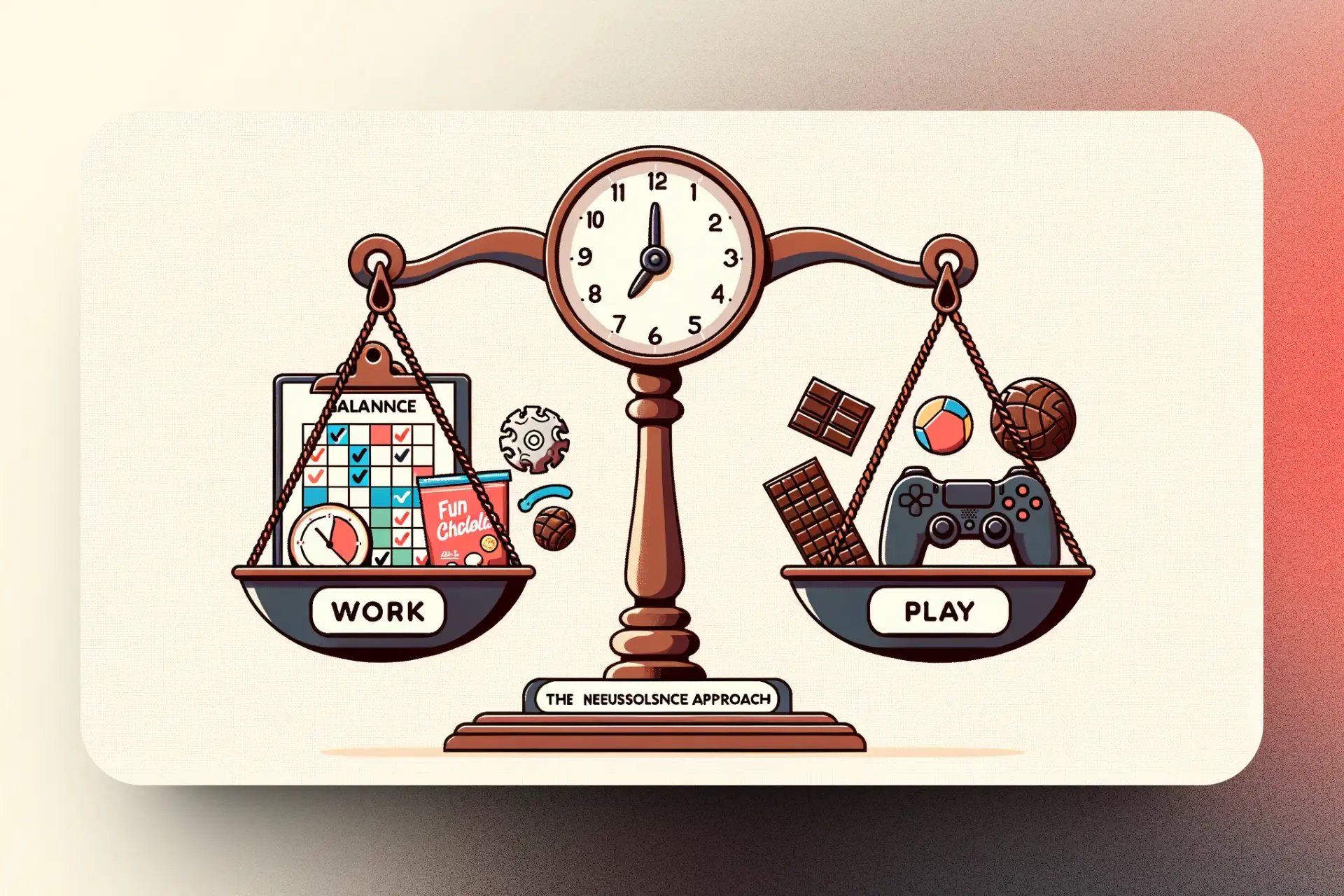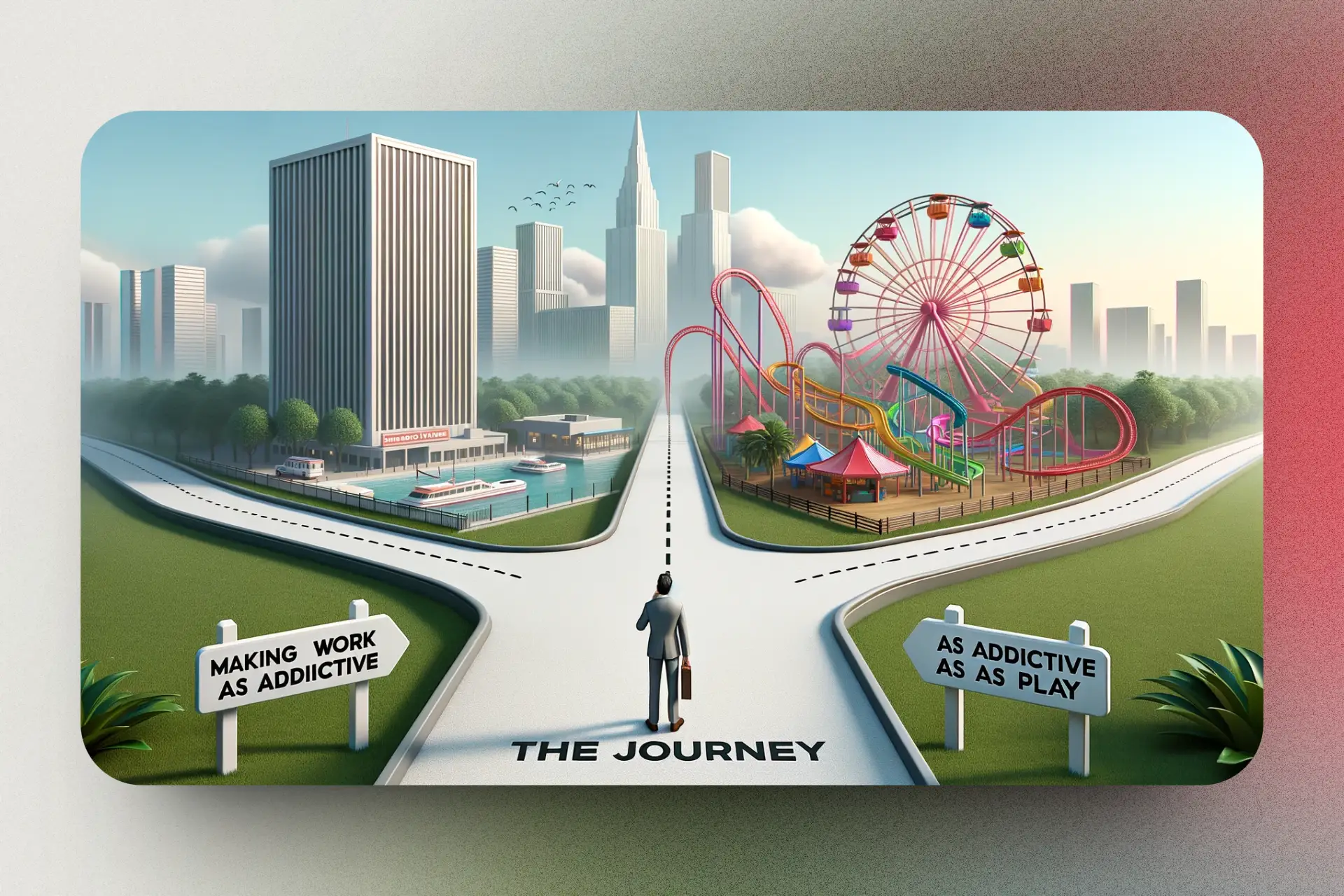The Perilous Art of Productive Procrastination: A New Approach to Time Management for the Chronically Overworked

We've all been there - you start a new job, sign up for classes, take on a new project, and suddenly your calendar is bursting at the seams. You find yourself spending every waking moment working, yet there never seems to be enough time to get everything done. Your meticulously planned schedule leads you down a path of mental exhaustion and burnout. There has to be a better way, right?
In this blog post, I'll share the time management approach that has worked for me as a chronically overworked medical student. It's based on insights from psychology and neuroscience research on motivation, rewards, and the habits of overachievers. My goal is to help you turn work into a sustainably addictive activity by leveraging what we know makes games, chocolate, and casinos so habit-forming.
First, What's Wrong With Typical Time Management Techniques?
When I first started building schedules, I focused solely on the work tasks I needed to complete. I'd break projects down into subtasks, allot time slots, and try to tick off each item. This approach seems logical, but it ignores a critical factor - the activities between work tasks that serve as rewards and shape motivation.
According to psychology, our actions after completing a task act as reinforcement. After a study session, if we take a break, scroll social media, eat a snack, etc., our brain views these activities as rewards. But different types of rewards on different schedules strengthen or weaken behaviors. If we want work to become addictive, we need more variable, randomized rewards.
Most of us use fixed work schedules (e.g. timers to start and end tasks) but variable play schedules (scrolling social media randomly). This trains our brain to find work boring and play stimulating. To fix this, we need to randomize work tasks and schedule rewards intentionally.
Step 1: Audit Your Work and Rewards
Start by listing your typical work and non-work activities. For work, note the projects you tend to procrastinate on. For non-work, list activities you use as rewards, things you do to relieve anxiety or procrastinate, your morning and bedtime routines, and relaxing activities.
For me, non-work rewards include scrolling social media, watching YouTube, online shopping, or playing games. I also use YouTube and games to reduce anxiety and procrastinate. Morning routines involve social media, and I unwind before bed with more YouTube or games.
Step 2: Time Block Differently

Standard time blocking with rigid start and end times trains your brain to dislike work. Instead:
- Build in big buffers before and after tasks
- No hard start times - start intuitively
- No fixed end times - stop when tired or done
- Don't back-to-back schedule different projects
- Avoid scheduling specific tasks - keep it broad
- Consider your biological rhythms in choosing windows
The key is avoiding rigidity. I'm an night owl, so I don't schedule tasks early. Leaving start and stop times open lets my motivation flow naturally. Switching projects requires mental shifts, so I keep time blocks broad and take breaks between.
Step 3: Randomize Rewards

Identify your typical post-work rewards. My defaults are scrolling social media and playing mobile games - very stimulating activities. To randomize:
- Make a list of 6 less stimulating rewards
- Write each on a dice side
- After work, roll to choose your reward
Great options: meditating, stretching, journaling, calling a friend, listening to music, taking a walk. The variability makes work rewards more addictive while less intense activities recharge you.
Step 4: Consider How Activities Affect Your Stimulation Levels
Think about how stimulating activities are for you. If I listen to a podcast while walking, it's relaxing. If I get immersed in a YouTube video at home, it's highly stimulating. The key is balancing stimulation - complement mentally tiring work with physically engaging rewards.
For me, chaining highly stimulating work and play together leads to rapid burnout. But alternating programming with yoga or household chores sustains energy. Get to know your stimulation profile.
In Closing
With this approach, my motivation and energy levels have dramatically improved. Work feels more game-like, with variability making it addictive and intentional rewards recharging me. best You may need to customize it to your own work style and environment - this is just what has helped me sustain 70+ hour workweeks without burning out as a chronically overworked medical student.
The core takeaways are:
- Interleaving work and rewards shapes motivation. Control rewards intentionally.
- Fixed schedules make work feel like a chore. Introduce variability.
- After finishing work, randomize your choice of a less stimulating reward. This builds sustainable motivation.
- Know your stimulation profile. Alternate mentally and physically engaging activities to avoid burnout.
Productive procrastination is an art and a science. By designing your schedule leveraging insights from psychology and neuroscience, you can make diligence addictive. Your calendar becomes a canvas on which to paint a masterpiece of motivation. Give these methods a try, and let me know how it goes in the comments!




